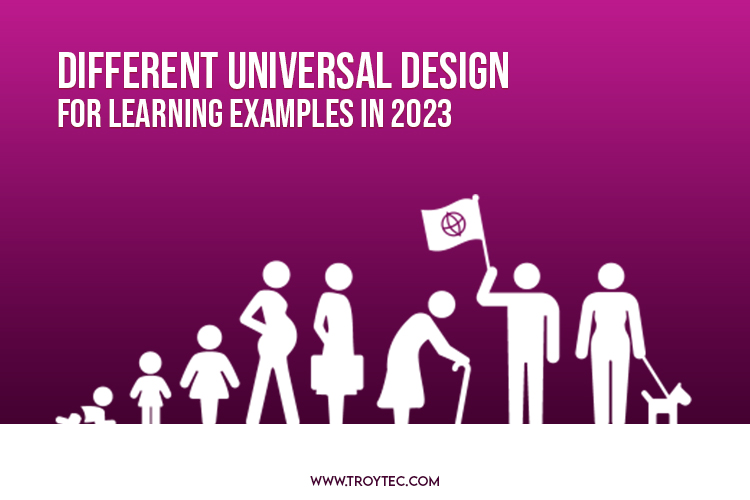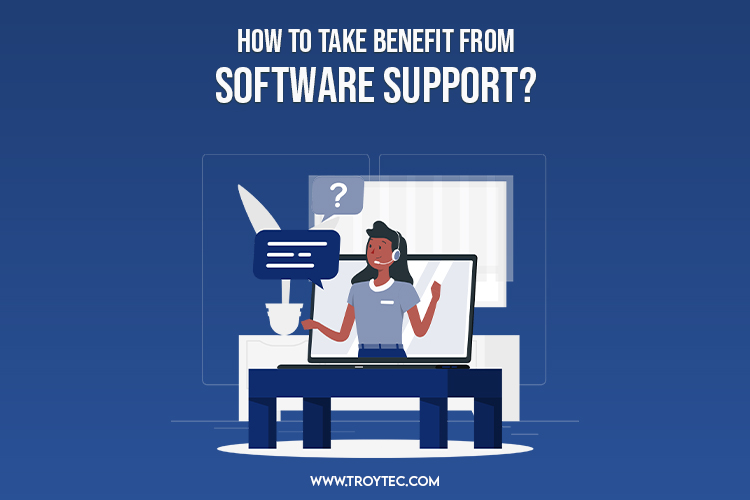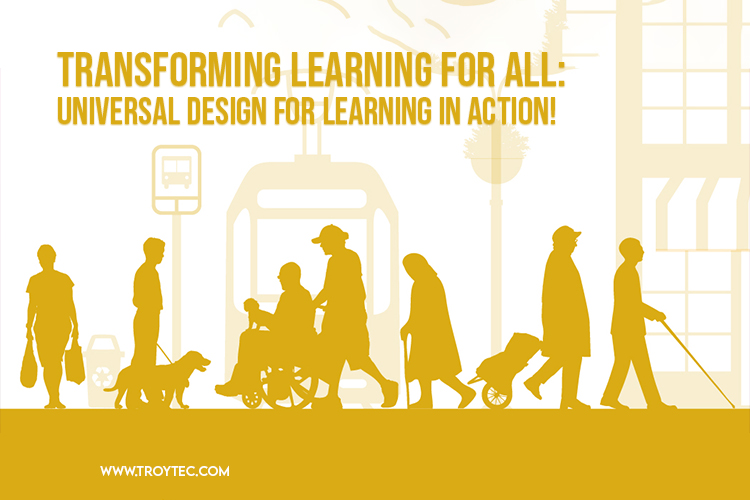Transforming Learning for All: Universal Design for Learning in Action!
Inclusive education is vital for creating an equitable society where everyone can access the same opportunities and resources. Universal Design for Learning (UDL) is a context that aims to achieve this goal by designing educational materials and environments that are accessible and inclusive to everyone, including individuals with diverse learning needs.
UDL principles emphasize the importance of providing multiple means of representation, expression, and engagement to ensure that students with varying abilities, backgrounds, and learning styles can access and engage with the learning content. By creating a flexible learning environment that accommodates a wide range of learners, educators can help all students succeed and reach their full potential.
In this article, we will explore the fundamental principles of UDL, the benefits of implementing this approach in the classroom, and practical strategies for incorporating universal design for learning professional development into lesson planning and instruction.
Keep reading and exploring the article to acknowledge more about universal design in education.
What is Universal Design for Learning – UDL?
The UDL (Universal Design for Learning) framework is an educational framework that aims to make learning accessible and equitable to all students, regardless of their abilities, backgrounds, or learning styles. UDL is based on universal design, which creates products, services, and environments usable and accessible to the most significant number of people, regardless of disability.
The importance of providing multiple means of representation, expression, and engagement in learning environments is emphasized by UDL. Educators can create a more inclusive and supportive learning environment by giving students various ways to access and engage with learning content.
Why is Universal Design for Learning (UDL) Important?

Universal Design for Learning is a critical educational approach emphasizing inclusivity, equity, and accessibility. By designing learning environments and materials that are flexible and accommodating to diverse learners, UDL can have a significant impact on student success, engagement, and achievement. UDL is vital for several reasons. Universal design in education is necessary now a day.
Firstly, it ensures that all students have equal access to education regardless of their abilities or backgrounds. It is particularly crucial for students with disabilities, who may face significant barriers to learning without the accommodations and support provided by UDL.
Additionally, UDL promotes a more engaging and motivating learning experience. Educators can help students develop a deeper understanding of the material and foster a love of learning by providing students with various ways to access and engage with content.
Finally, UDL has improved academic outcomes for all students, including those without disabilities. UDL can help students reach their full potential and achieve academic success by creating a more inclusive and supportive learning environment.
In short, UDL is an integral approach to education that prioritizes equity, accessibility, and student success. By incorporating UDL principles into teaching and learning, educators can help create a more inclusive and supportive educational experience for all students. You can also learn universal design for online courses and become an expert.
Different Universal Design for Learning Examples in 2023

While Universal Design for Learning is a famous phrase in many school systems, it can be complicated in the classroom. To assist with this, we’ve gathered a list of five Universal Design for Learning classroom strategies and examples. Universal design in education is necessary globally.
Here is a different universal design for learning examples you must know in 2023.
Know your Students’ Barriers and Strengths
Every learner is different, and the way they learn better can be as unique as their fingerprints. Some students learn best when they read and work autonomously, while others learn best when they watch videos and work in groups. The goal is to comprehend the needs and wants so that they can be used to design lessons.
Assessing strengths and obstacles can be as simple as asking educators about their preferred learning techniques, noticing them over time, and noting which techniques are most effective for students. Numerous surveys are available to help you learn more about your strengths and weaknesses. It is one of the best examples of universal design for learning the professional development cycle.
Utilize Digital Materials If Possible
Even though things are shifting, several schools still use paper-based materials. Although most people are not contrary to paper (they still buy physical books via Amazon), digital libraries can make incorporating universal design for learning in the classroom much simpler.
Using digital content, you can exceed font size, look up meanings, read text aloud, and link to much more specific data on almost any place with more emphasis. It is beneficial for students who require learning disability learning tools or translation.
Consider how you can change this if your regular classroom materials are not digital.
Take Benefit from Software Support

Today, students can access almost infinite mobile apps, extensions, websites, and built-in supports. If you have a student who requires assistance with reading, drafting, math, genealogy, chemistry, and any other subordinate, chances are that software exists to assist.
Students must have access to these resources. It empowers them to succeed autonomously in and out of the classroom and allows your precious time to assist even more students. Universal learning design is the best practice that you can learn from universal design for learning online courses.
Provide Different Choices for How Students Elaborate Their Knowledge
Sharing content in multiple formats is only half of the battle. It could be better to engage students by providing them with audio, video, digital message, and immersive sites, only to hand out a pencil and paper test at the end of the day.
Some of this is beyond your control, as standardized testing is essential to education. However, whenever possible, give the students choices for how to end up sharing their knowledge. A demo, animations, speech, essay, or multimedia could be used. Even simple free tools such as google Forms provide an update to basic multiple-choice questions by digitizing them and assisting you with grading.
Share Course Content in Various Ways
It is critical to share content in various ways and make it accessible in digital format. It can help ensure that it is appropriate for the student’s strengths and barriers.
For example, if you’re instructing an area and border unit, you may understand that some students can benefit from merely reading the textbook. In contrast, others will personally profit from viewing a video or listening to a rapper’s version of the learning experience on Flocabulary. Allow everyone to get one’s hands dirty by continuing to work with instructional strategies on their own or in groups to solve a real issue once they’ve grasped the concept.
Conclusion
Finally, Universal Design for Learning (UDL) is a guideline that promotes inclusive education by creating flexible learning environments. It seeks to provide equal learning opportunities for all students, regardless of their educational styles, qualities, or backgrounds. UDL entails using multiple modes of representation, action and expression, engagement, digital tools, clear instructions, and flexible seating arrangements.
UDL can contribute to the creation of a more inclusive and supportive learning environment in which all students can learn and reach their full potential. Instructors can use UDL to make learning more accessible and engaging for all students. Comment your queries, questions, and confusions related to UDL and get your answer accordingly!

